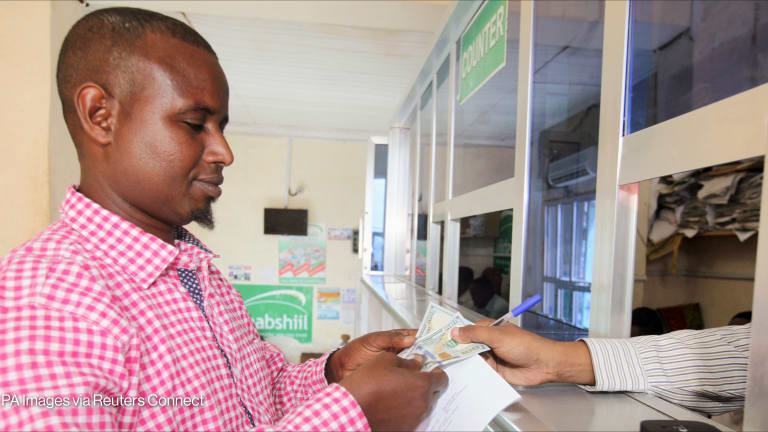At a recent human-centered design immersion in Dar es Salaam, Tanzania, participants had only five days to learn and apply this creative problem-solving process. Leading the sprint from brainstorming to prototyping to iterating was Pam Scott, a designer by training and “philanthropist by passion.”
Scott brought HCD experts mostly from the San Francisco Bay Area, where she lives, together with reproductive health experts from Population Services International. Despite being the first one in and the last one out of the room where teams assembled around “how might we” questions, Scott’s energy stayed as bright as the sticky notes where she wrote motivating phrases such as “be silly” and “shut up and make it.”
“My greatest talent is that I know and work with amazing people,” Scott told Devex over dinner at the Ramada Resort in Dar es Salaam. She called it a privilege to bring her “posse,” people skilled in design, strategy, marketing and technology, together to apply their radically collaborative form of human-centered design to the issue of unintended teenage pregnancy in Tanzania.








